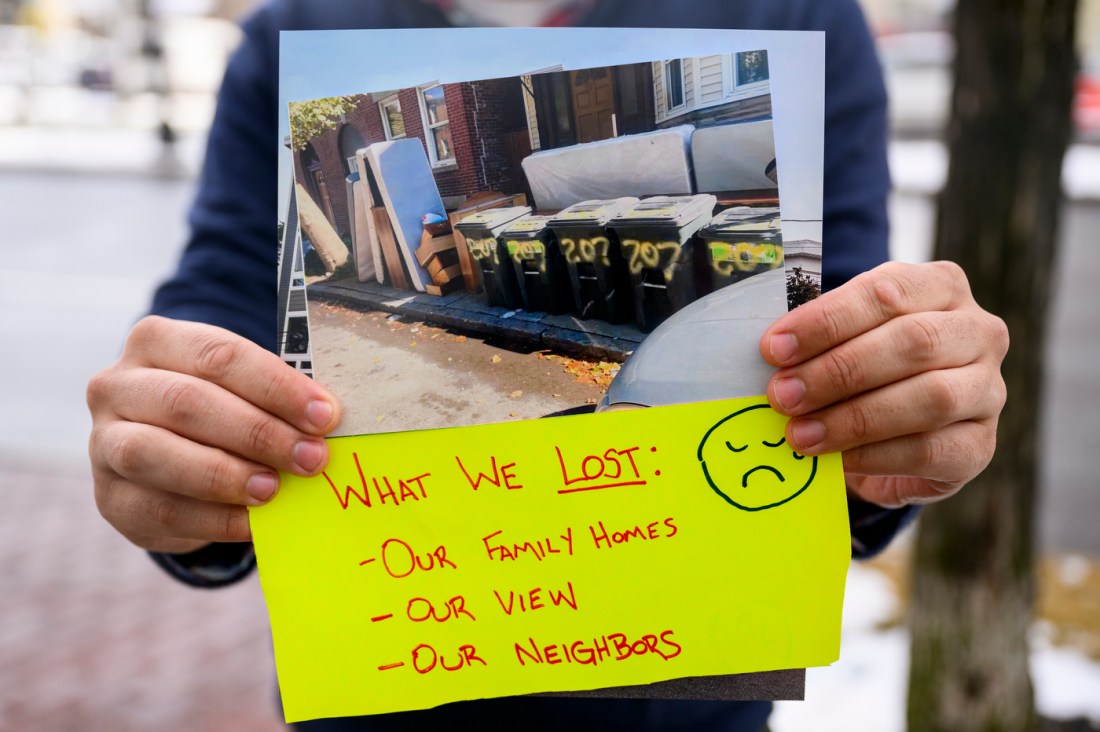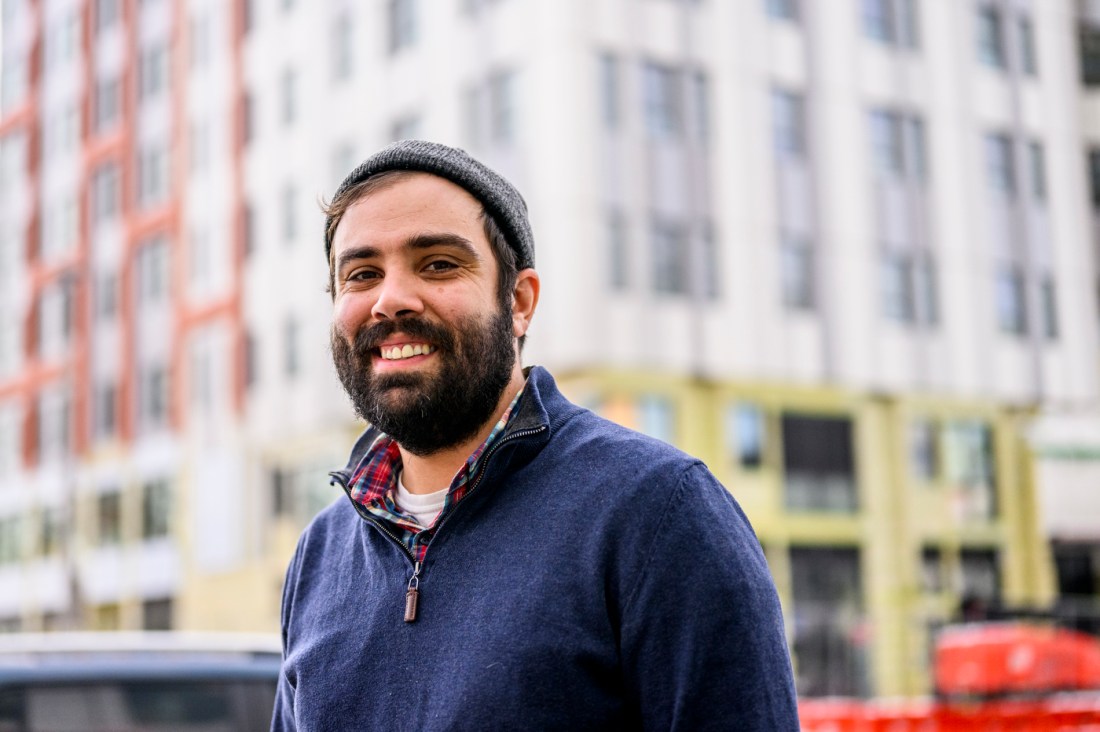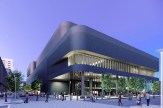In neighborhoods changed by gentrification, past hopes return as a haunting, Northeastern researcher says
Josh Lown, a postdoctoral research fellow at Northeastern University, has published new research that incorporates residents’ lived experiences into the hard data of gentrification.

When you think about gentrification, maybe you think of an influx of capital, new high-rises, rising rent prices or a generalized change in demographics. But this largely “misses the lived experiences of folks who are living through these changes,” says Josh Lown, a postdoctoral research fellow in the Community to Community Impact Engine at Northeastern University.
Lown says that, for those who find themselves in gentrifying neighborhoods, the experience is often a “haunted” one — their hopes and the futures they imagined for themselves or their families, unsettled by gentrification, hang around like unsettled ghosts.
Lown began his research by conducting quantitative analyses of East Boston, pulling certificate of occupancy permits and assigning each an identification number called a parcel ID.
Using a computer program called ArcGIS, Lown “embedded [this] data spatially,” he says, overlaying the certificate of occupancy information onto maps alongside “the demographic changes, and median home income, and changes in the Hispanic and white non-Hispanic populations.”
Tracking the changes in each of these variables over time, Lown could see “how much money they put into this space,” he says, as “a proxy of understanding how much it was worth.”
But Lown’s real innovation comes in placing another interpretive measure on top of the quantitative data — recording and embedding real people’s lived experiences alongside the hard numbers.


Lown brought in individuals from these East Boston neighborhoods for what he calls a “photovoice group,” where residents could take pictures of locations and interpret “those pictures as a collective,” he says.
Those interpretations are also geospatially linked onto a map of the area.
Additionally, with walking interviews, residents “took me through parts of the neighborhood that they felt were important for me to understand.”
Editor’s Picks
“I look at the numbers,” Lown notes, but then he brings “it back to the community, embedding their experience within that [data] to tell a more complicated and holistic story.”
The hard data, in other words, is informed and expanded on by the lived experiences of those who live there. “People want to walk you through, and that qualitative implementation,” he says, “into the geospatial or administrative representation of gentrification, is one of the ways in which hauntology sort of shows itself, I think.”
“Hauntology” isn’t a term that Lown coined, but one borrowed from French philosopher Jacques Derrida, a portmanteau of “ontology” — the study of being — and “haunting.”
Traditional studies of gentrification “can only have a point in time and look backwards” to identify trends, Lown says, “but people on the ground are noticing things in a way that data can’t catch up with right away.”
Lown recalled one resident in particular, who described a garden that her family had built in their backyard. “Now there’s a new home [next door] that is four stories tall. Took up the entire lot that was behind it. There’s barely any sunlight in this space anymore,” and the survival of the garden is in question.
“These new buildings are specters, in that their existence is a reminder of a future that longtime residents no longer belong to,” Lown says.
“The ontological view is that, ‘I used to see myself, I saw my family staying here. I saw myself living with my parents until they were old in this multi-level, multi-family housing. I don’t know if we can do that anymore. And what does that mean to me, when I’m seeing these changes that are happening?’” Lown says. “What is my space there?’”
“I really wanted to understand, through a different theoretical lens,” Lown continues, “what does it mean to see your future start to slowly disappear? And how does that impact your current belief system, and the way that you reinterpret the past?”
Hauntology is about understanding that “ghost of the future, in a way,” he says.











